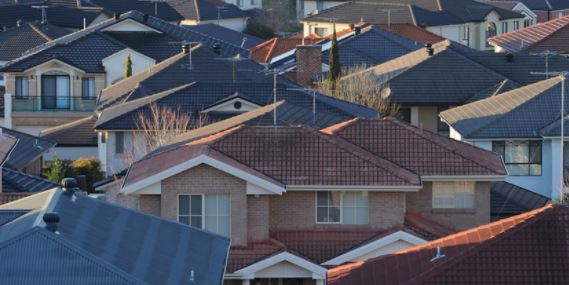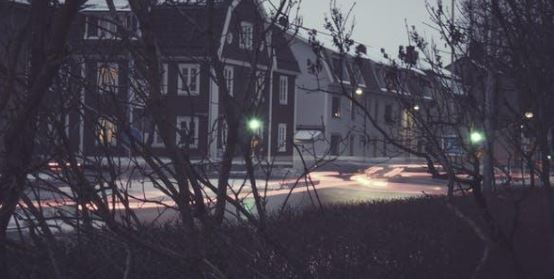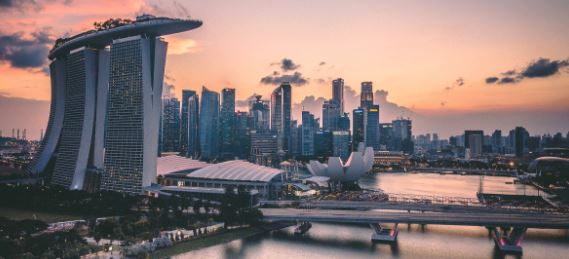
The initiator of the beacon of public housing policy, the Minister of Health Christopher Addison (Christopher Addison), enacted a law called the Addison Act in 1919. This was the first time that the British Parliament was responsible for the construction of the Municipal Council. Responsibility for affordable housing. However, like most policies, it is only partially effective. Today, one hundred years later, housing supply in the UK is still a major challenge, falling into affordability and availability issues.
Australian housing is regarded as an individual’s investment asset, rather than the social asset of the entire society. . As an investment, buyers should invest their wealth in real estate, provided that they will benefit from rising value. As the main workers, teachers, nurses, and firefighters were forced to withdraw due to rising prices and could not rent or buy them, the resulting price distortions resulted in (among other things) local skill shortages.
However, the mixed housing economy that has developed in the UK has other arrangements, including a mix of private sector ownership and rents and housing provided by housing associations and (historically) councils.

Housing as a social asset

Take Singapore as an example. Singapore has its own “Brexit” after it separated from Malaysia in 1965. In 1960, the Housing and Development Board (HDB) of Singapore was established to provide residents of this small urban country with affordable and high-quality housing. Today, more than 80% of Singapore’s 5.4 million residents live in housing provided by the Development Committee.
These are issued by the state with a lease term of 99 years. The value of the house depends on the fixed useful value (size, type, location) of the property, and it is easy to obtain financing, including financing provided by the Central Provident Fund (CPF). The Central Provident Fund is a social security system that enables working Singapore citizens and citizens with permanent resident status to reserve pensions. This is a mandatory savings plan that includes employer contributions to set aside funds for future medical care and housing expenses.
Home buyers in Singapore can finance the purchase of development boards through bank loans, loans from the Housing and Development Board, cash or funds drawn from the Central Provident Fund Board. Similar to the British leasing system, the resale price of HDB units gets worse as the lease end date approaches. In this case, the lease term is reduced to less than 30 years. As in the UK, there are difficulties in financing short-term rental housing. However, the HDB leasehold system is different because the “owner” only purchases the right to use the apartment-the property rights and ownership still belong to the HDB.
In addition, the Development Committee prohibits Singaporeans from owning more than two residential units at any time. For inherited apartments, ownership is only allowed if the inheritor disposes of his existing private or public residential property within six months of the inheritance.
The Housing and Development Bureau is still the main provider of national housing, constructing and owning most housing, and playing an extremely active role. There are private housing, but the price is much more expensive.

Long-term experience

There are huge differences between the Australian and Singaporean approaches. In Australia, parliamentary housing is considered a public sector cost, which is a burden on taxpayers. For many people, this is the last option. In Singapore, it is regarded as a public wallet asset and a social asset, and it is not stigmatized, nor is it regarded as something to be avoided. Britain’s mixed housing economy has caused serious social and economic distortions, and Singapore is investing in housing to avoid or deal with these distortions.
In Australia, with the exception of new towns, housing often involves the creation of personal assets, rather than a place-based approach, that is, the creation of communities and communities. Singapore’s HDB housing units are built in HDB towns. The housing units integrate community facilities such as clinics, parks and sports facilities, as well as retail facilities. With the development of Singapore’s economy, the Housing and Development Board has also begun to produce more high-end housing.
It is impossible to transfer a solution suitable for small Singapore to Australia, but it may be possible to learn from the long-term solution to meet housing needs.
One is to adopt a more comprehensive approach to housing: In Australia, the conversation is mainly determined by the number of houses provided and the selling price, but a more complex discussion will include the target group of housing and housing needs. , And how to design to create a sense of place. It is important to ensure that housing is fully integrated into the existing urban infrastructure, including roads, public transportation, schools and medical services.
In Australia, the decentralization of homeownership makes it very expensive to rebuild or make major modifications to existing residential areas-every owner must be persuaded to modify their property or sell it as part of the land assembly process. In Singapore, the history of increasing land use and population density means that HDB’s ownership means that it can rebuild old houses and maintain and develop the degree of integration with social amenities.
Major innovations underway will change our way of life-these must be reflected in our housing: more electric and driverless cars, home work, e-commerce, and the increasing population density in cities. The integrated approach to HDB housing means that Singapore can take long-term strategic measures to respond to these changes, making it easier to ensure that residential areas have all the public facilities, public services, retail and transportation infrastructure needed for prosperity.

